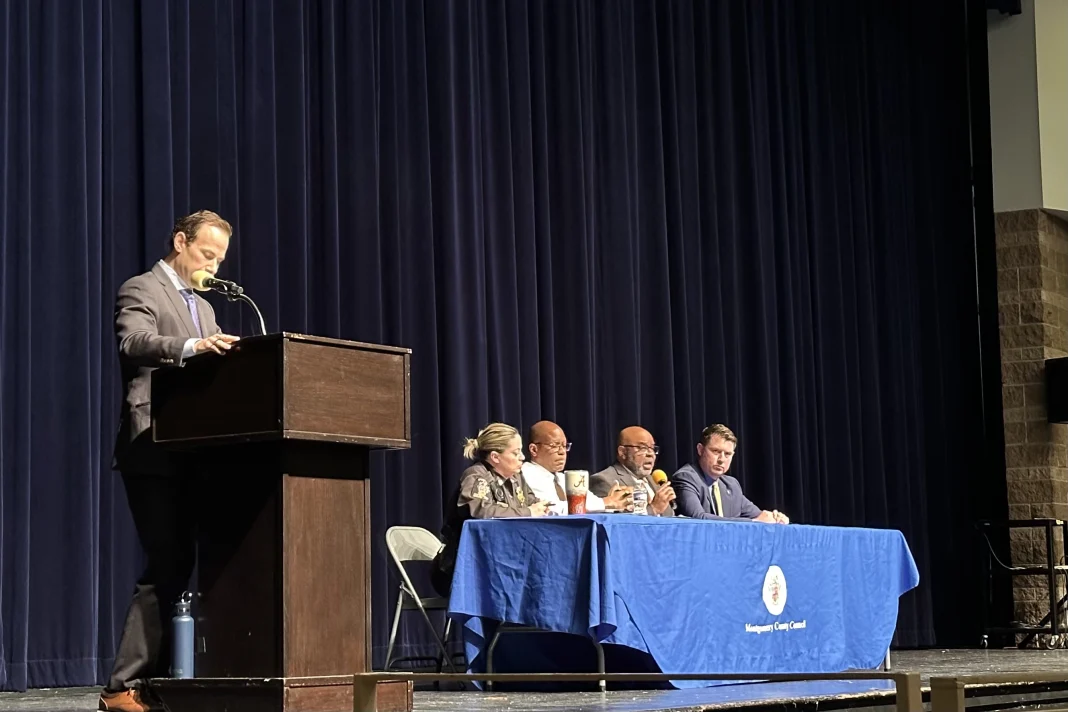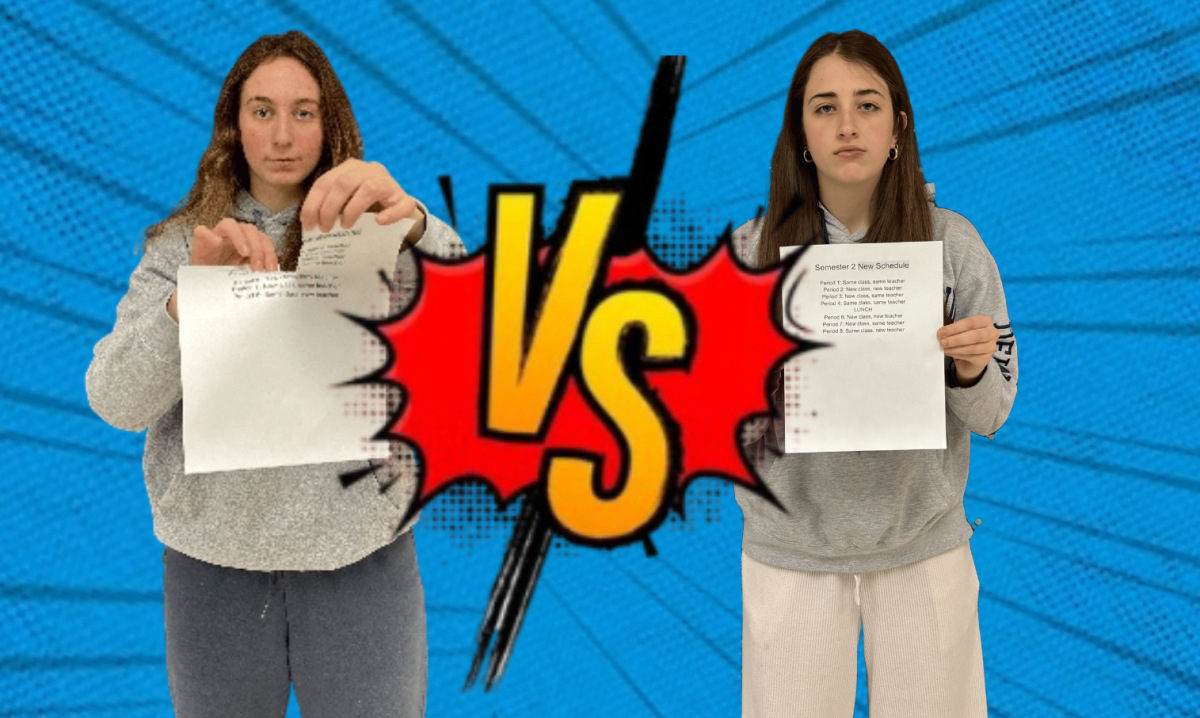With the first week of July comes the equivalent of sponsors’ rankings before the Hunger Games—but AP style. These scores can bring pride and happiness, or tears and self-doubt.
Unfortunately, there were more tears this year.
CHS students center their lives and fury around the AP classes they take. They cut hobbies, friends and free time in order to pursue the most challenging course load. They put in hour of studying every week and put up with countless headaches to bring home that five. But now it appears that AP graders want even more from students.
The AP rubrics are more stringent and graders’ hearts are less giving. The proof? It’s in the numbers. CHS students’ pass 4 or 5 rate is dropping, while 1, 2, and 3 scores are increasing.
According to AP Psychology teacher Jared Pulliam, the popular class has always had at least a 90 percent or more pass rate in previous years.
But the 2014 AP found Psychology with an 82 percent pass rate.
The darkness of fatal grading on specifically the AP Psychology exam spread to infect the entire nation; the percentage of 5s fell from 21.2 percent to 18.5 percent. The takeaway from this particular stat—CHS Psychology has nothing to worry about, seeing as the class is still flying high above national standards.
But other classes are feeling the effects of the AP graders, albeit a more subtly. Still, the shadow of those rubrics and 1-5 rankings looms over students’ and staffs’ heads.
According to AP NSL teacher Lallitha John, the class’ final AP scores dropped a little, but not very much .The course has always had a very high pass rate, even with over 300 students taking the government class.
So maybe the final grades aren’t so life changing after all. There’s no need to freak out—classes fluctuate in numbers, so it’s reasonable that scores will have their ups and downs.
AP United States history teacher Amanda Marshall teaches the freshmen whore are willing to face a demanding AP in their first year of high school.
According to Marshall, even with the students’ inexperience, there has always been at least 90 percent pass rate on past exams, and the 2014 only affected this pass rate a fraction of a percent.
Students only gain more experience as the year goes on, which means that at this point, you are the most inexperienced in your current AP than you will ever be. You can only get better, so don’t give up.
At the same time, there seems to be no apparent reason for the AP crackdown on students and their scores. But there’s a method to the madness; the AP graders don’t just have it in for students. Who knew?
According to John, the way the exam is being written reflects the switch in curriculum to Common Core standards, which focus more on text-based questions and deep reading.
Still, others think that this may be a response to colleges’ reluctance to accept AP credit anymore. Masses of students are taking Aps and therefore placing out of college classes, but the colleges are finding that these students aren’t capable of passing a college class, only a college-level class.
The problem is clear—students aren’t really learning. It’s not very often that we take the time to actually learn concepts. We remember material just long enough to pass the tests and hopefully the AP, then proceed to forget most of it.
According to staff development teacher Deanna Svrcek, as more and more students take AP classes and do well, the stricter they get. For AP to make more money, they have to make sure that the exam truly reflects which students can perform on college level exams. As education improves, the high-performing bar is met by more.
As a result, the Aps have to buckle down. Basically, what’s happening is that our method of passing over deep understanding to pass the course is backfiring. Without a real grasp on concepts, students really aren’t taking college level classes—they’re just running to the finish line without figuring how to breathe properly.
Accroding to Svrcek, 189 more AP tests were administered at CHS in 2014 than in 2013. Out of the total number of administered AP exams, the number of 5s dropped 6 percent while the number of cumulative 1s, 2s, 3s, rose 4 percent.
Right now, giving in and just dropping those classes might seem like the only option. But that’s probably not the best plan of action. Remember, amazing AP scores or none at all, whether or not you walk away from the class with well-developed skills is up to you.
CHS teachers are more than capable of preparing students to meet the challenge of the AP. They’ve tweaked their teaching methods and curriculum in order to ensure their students’ success.
According to AP World History teacher Jamie Kimbrough-Groves, the AP is a dynamic exam, and teachers adjust in order to best prepare students for those changes. The goal is to look at what the AP readers and College Board wants to better equip students to take the test and be ready for college.
But no matter how fabulous a teacher is or how well they teach their classes, in the end it’s the CHS students who have to take the dreaded exams. They have to put in that extra effort to stay on top of this student-eat-student world to make it out on top—with a five.
According to Marshall, the best thing students can do to help themselves is to stay on top of the class. In order to do so, students should get review books, read their textbooks, complete assignments by the deadline and come in if they need help.
Of all seven teachers interviewed, each and every one of them gave similar tips for students to be their very best—so let’s go out on a limb and say that it’s probably good advice.
In the end, students are the ones controlling their AP fate. With hard work and dedication combined with the rigorous education CHS offers, students can and will succeed, and this year, those APs will go off without a hitch.
May the odds be ever in our favor, CHS.







